In a world that is constantly evolving, artificial intelligence (AI) has become an important part of our everyday lives. But what exactly is behind this fascinating concept? In this blog post, we will explore the different types of artificial intelligence, its applications in everyday life, common AI tools, and the future outlook for humanity in terms of AI. Let’s dive in!
An artificial intelligence (AI) is essentially computer programming or software designed to perform tasks that normally require human intelligence. Based on data and algorithms, this “intelligent” software can process information, solve problems, learn, and make decisions. Put simply, AI attempts to design computers to think and act like humans.but in a predefined and algorithmic way.
Artificial intelligence can be divided into two main categories:
Narrow AI: This type of AI is limited to specific tasks or applications. It can do a specific task very well, but it does not have general intelligence or understanding like a human has. Examples include Apple’s Siri or chatbots on websites that can answer simple tasks like questions or automate tasks. Sub-types of weak AI can include:
General AI: This type of AI strives for general intelligence that can demonstrate human-like capabilities in many different task domains. It can learn independently, solve problems, and adapt to different situations.
It is important to note that currently most existing AI systems are weak AI specialized for specific applications. Developing true, strong AI is a long-term goal and remains a challenge in AI research.
AI is no longer an abstract concept, but an integral part of our everyday lives:
platforms like Facebook use AI algorithms to display content based on your interests.
AI helps doctors diagnose conditions and enables personalized medication.
Self-driving cars use AI to safely navigate the roads.
Siri, Alexa and Google Assistant provide voice-driven AI interactions.
There are a variety of AI tools for different applications, including:
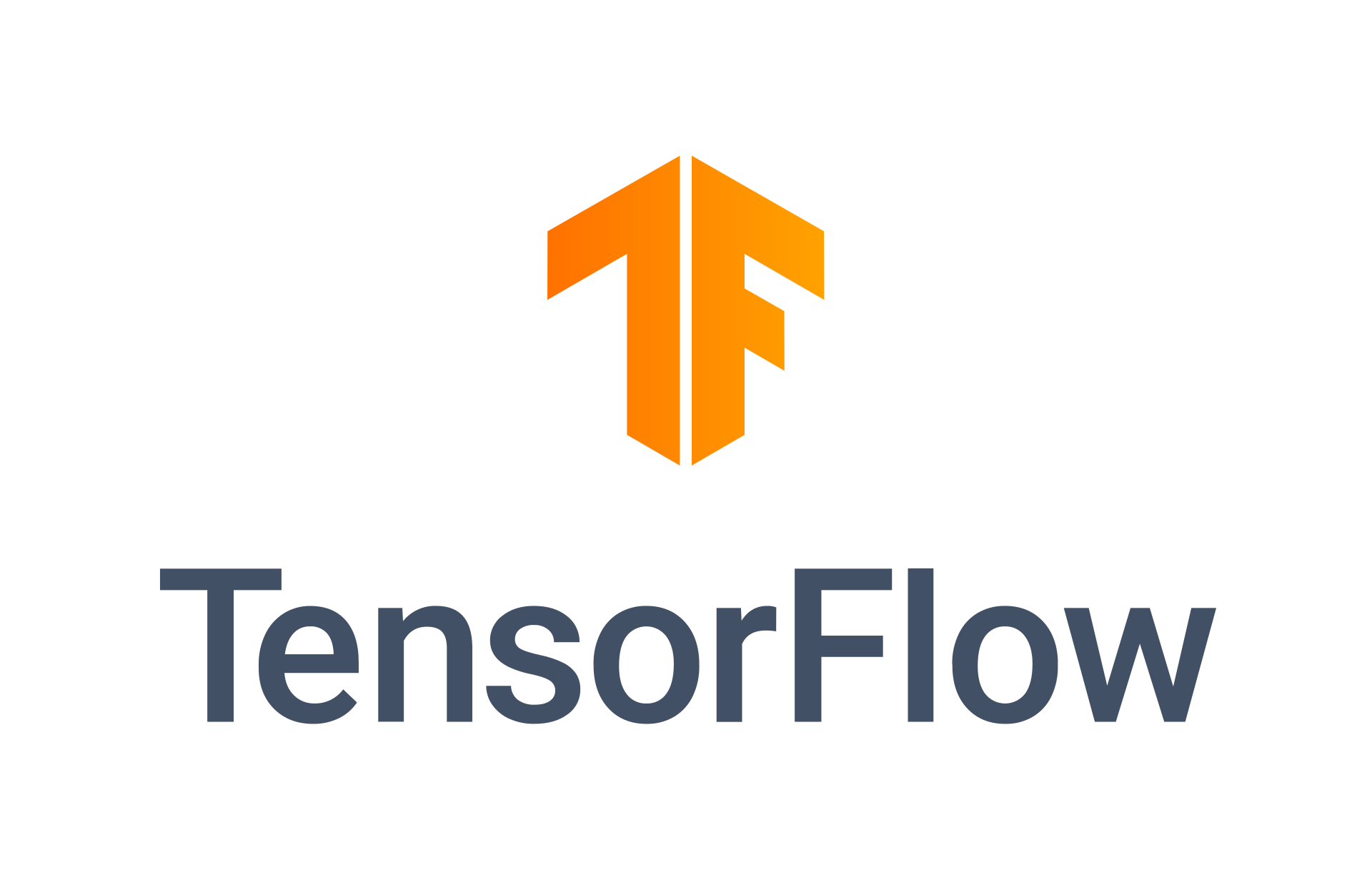
An open source deep learning framework from Google.
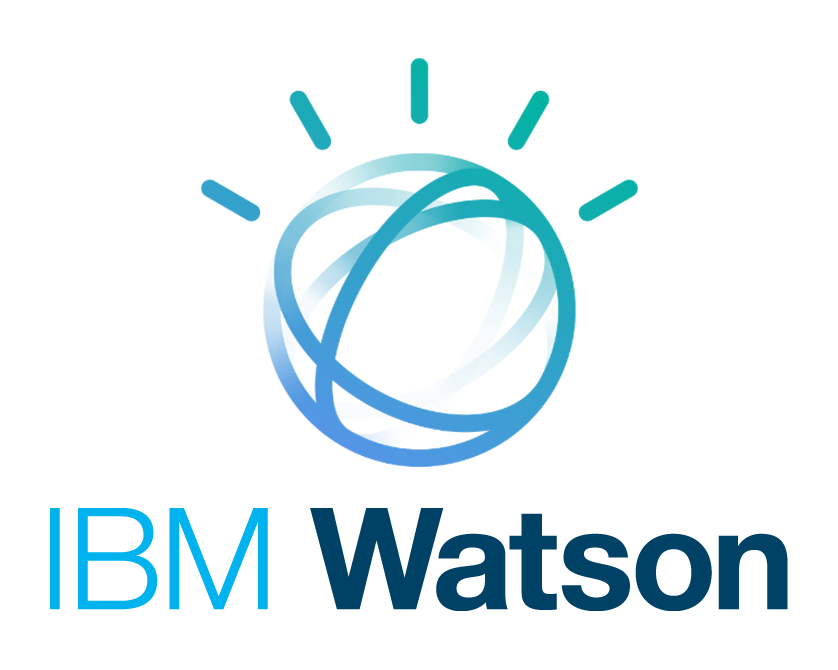
An enterprise AI platform that provides analytics, machine learning and more.
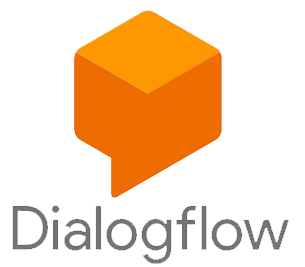
A tool from Google for creating chatbots and voice applications.
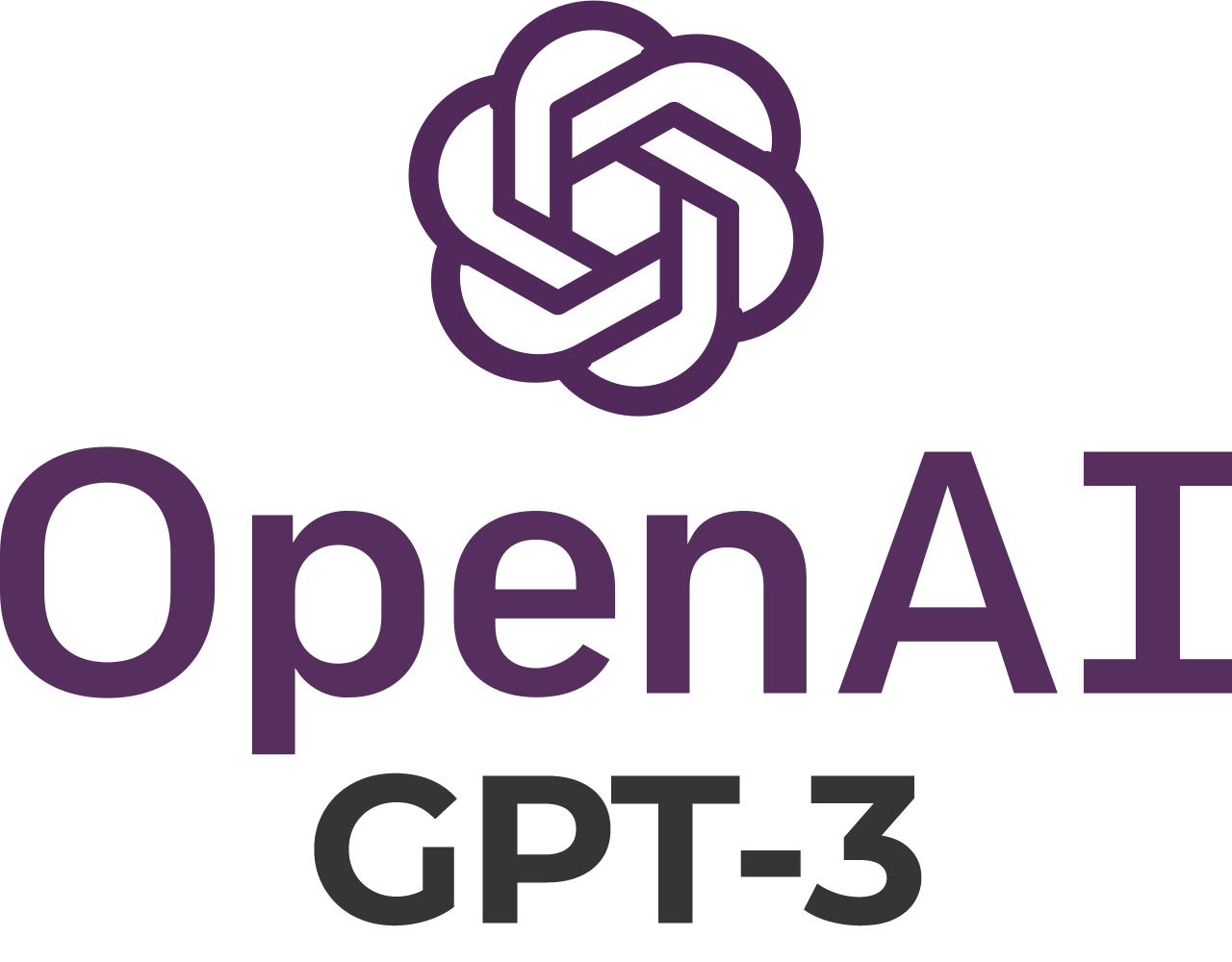
An advanced speech AI that can generate human-like text.
AI is used in a wide range of industries and use cases, helping to streamline processes, make better decisions, and increase efficiency. Some of these industries include finance, healthcare, e-commerce, manufacturing, marketing and advertising, customer service, and education.
The question of whether AI will replace humans remains complex and controversial. AI will undoubtedly automate many jobs, but it can also create new opportunities and support humans in complex decision-making processes. Collaboration between humans and AI is likely to be the future.

Finally, we would like to introduce DocBits, an intelligent software solution developed by FELLOWPRO AG. DocBits uses artificial swarm intelligence to help companies optimize and revolutionize their document processing. With this innovative technology, you can work more efficiently and save time. To learn more about DocBits, visit our website and discover the future of document processing.
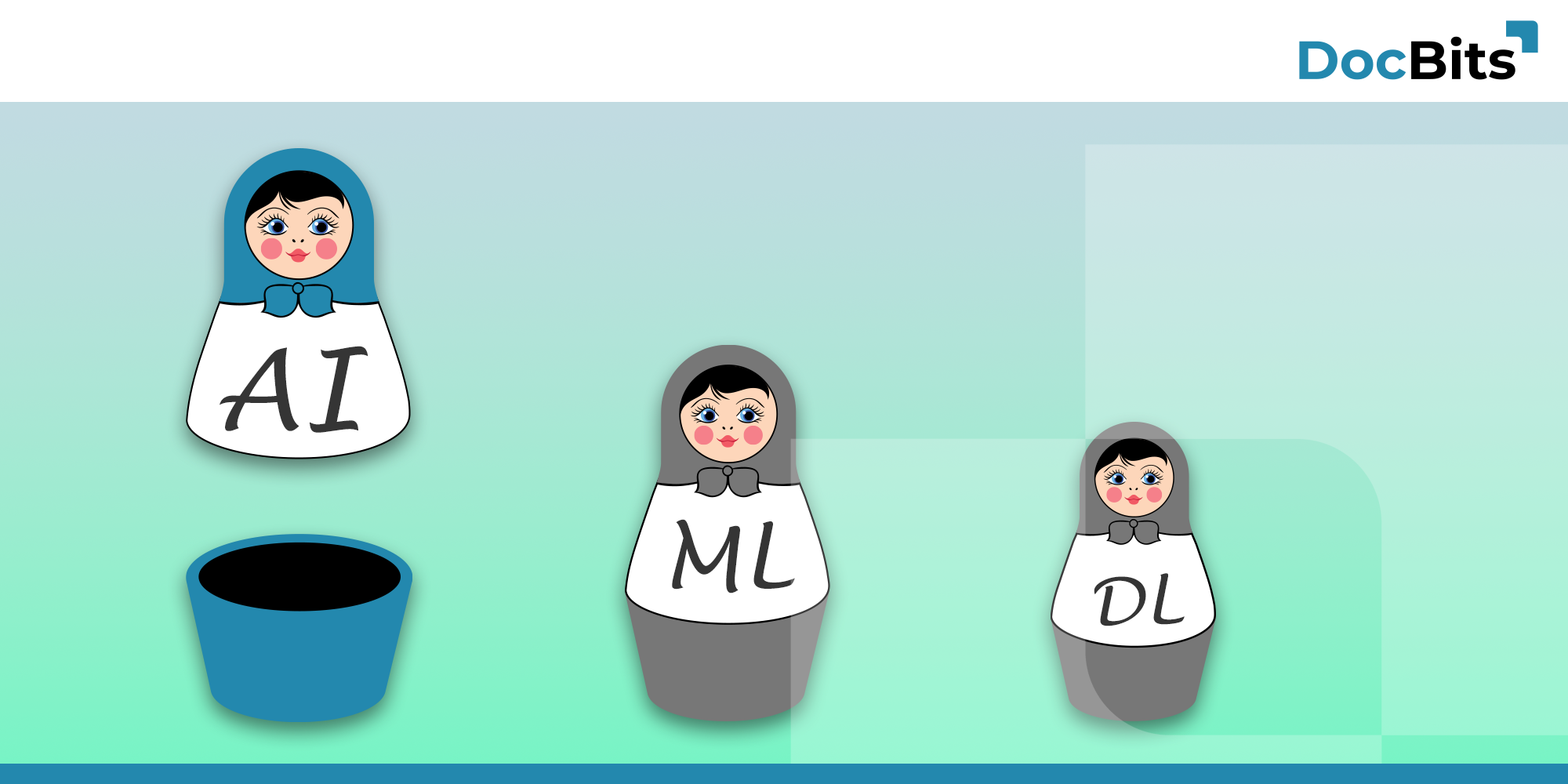
Share: